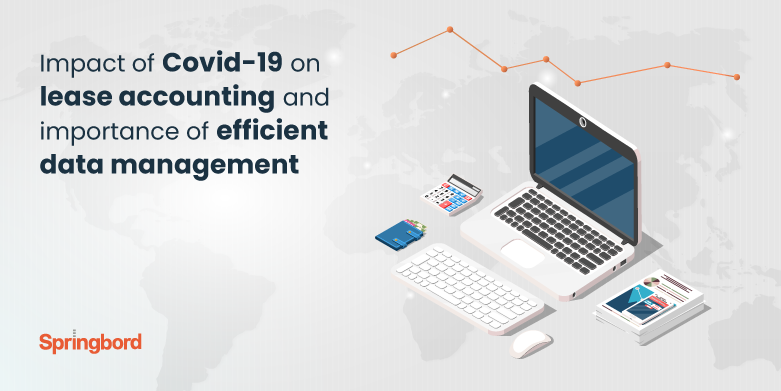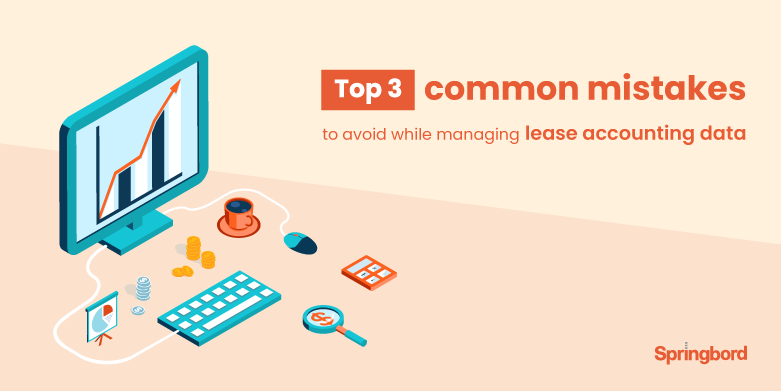M
E
N
U
The new lease accounting regulatory standard issued by Financial Accounting Standards Board (FASB) and the International Accounting Standards Board (IASB) has put companies under immense pressure. The accounting rules are extensive and complex, making it a daunting task for business who are scrambling to adjust to the new mandates. According to a PWC survey, the
The coronavirus pandemic has dramatically impacted business operations around the world significantly altering financial disclosures, forecasts, and reporting processes. It has had a major impact on lease accounting particularly, the assessments and assumptions that were previously valid may no longer hold. This is making lease data management and accounting a herculean task further compounding the
Ensuring compliance with FASB ASC 842 and IFRS 16 the new lease accounting standards entails a lot of effort and processes. While most of the companies especially with extensive lease portfolio have increasingly chosen to implement software solution to streamline, manage and maintain lease data, there still remains data gaps. The new regulation places a
Achieving compliance on an ongoing basis with the new lease accounting standard ASC 842 presents unprecedented challenges for the companies. It not only demands a complete overhauling of the processes and systems but requires right approach, skill and data management capabilities. While the new lease accounting standard would help provide in-depth and complete view of
International Financial Reporting Standards (IFRS) 16 and Accounting Standards Codification (ASC) 842 – the new lease accounting standards have had a far reaching impact on business across industry sectors. Almost every company has some or other form of rentals/leasing, whether it is equipment, assets, or infrastructure. According to the new mandate every lessee is required
As coronavirus pandemic rattles businesses across sectors, it is continuing to deepen its toll on organizations while they struggle to manage business as usual. Small and medium size companies are dealing with unprecedented difficulties in the face of disrupted operations and cash flow, shortage of staff and continuous pressure to ensure employee health and safety.
- 1
- 2







